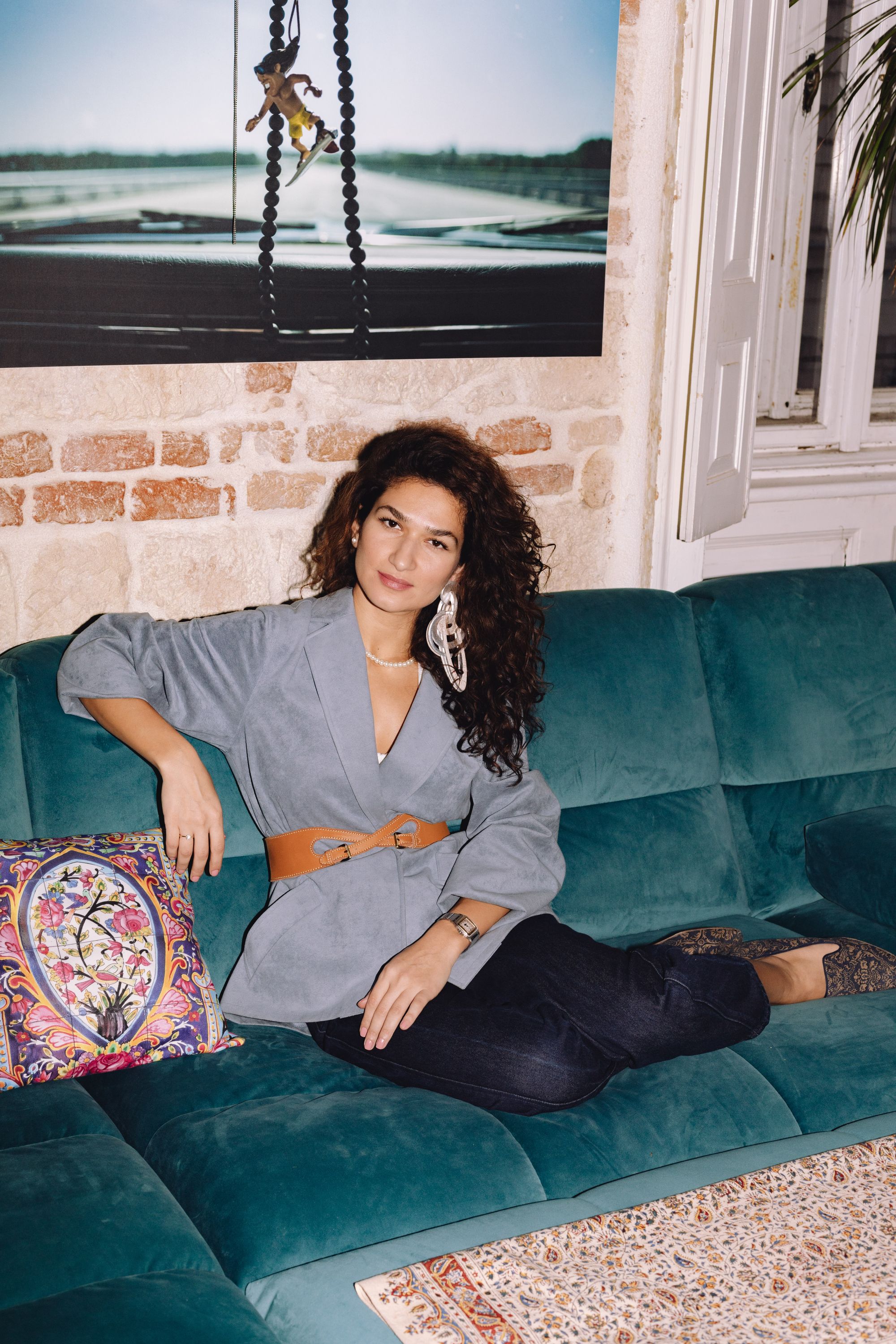t’s been ten years since Sara Mosa moved to Budapest from her homeland, Tehran, Iran. Although as a former photojounalist, travel had been a major part of her life, her home roots are strong and steadfast, as is her love of cooking, taught by her mother, aunts, and grandmother. Her culture is steeped in customs of courtesy, humility and togetherness, and one of the most significant expressions of this is the famously great and unrivalled hospitality of Iranians.
Persian cuisine is rich and varied, yet refined and simple. Their lavish dishes are truly magical thanks to the ingredients such as saffron, rose water, pomegranate and pistachios. Although Iranian cuisine is often compared in its likeliness to other Middle Eastern cuisines, it has many characteristics that Sara feels is her personal mission to showcase.
In their beautiful home in the 5th district, they occasionally host authentic Persian dinners for a small group of friends, and while sharing the divine dishes, one-of-a-kind conversations and fruitful friendships are formed.

What Iranian dishes can’t be left off the menu when introducing Persian cuisine?
Well, my all-time favorite is Ghormeh Sabzi. It’s an Iranian herb stew that is considered as our national dish and is always served with Persian rice. It’s cooked with a mixture of sauteed herbs such as parsley, spinach, chives and fenugreek along with lamb meat, kidney beans and dried lemons (Limoo Amani). The ingredients are cooked slowly for hours in a pot with oil and water until they’re soft. I love this dish because it’s truly an explosion of flavors. The herbs give it a fresh flavor, while the meat makes it savory and mouthwatering.
And also not to be missed, the Tahchin! It’s a dish of flavored rice with saffron, yoghurt, eggs and a touch of rose water and then layered with different kinds of meat, chicken or various vegetables such as eggplant. Tahchin is served upside down with a beautiful golden crust on top that we call Tahdig—which literally means bottom of the pot. I love to garnish my Tahchin with a lot of barberries, fried onions, and pistachios.
How do you get hold of the authentic ingredients in Budapest?
To be honest, finding the ingredients in Budapest is always the most difficult part of cooking. I usually bring my exotic ingredients all the way from Iran. The rest I buy from different spots around Budapest, such as the Central Market Hall, the Taste The World shop, and Turkish and Persian supermarkets.

As you once wrote: “Food is a reminder of our humanity, friendship, connection and creativity.” How easy is it to pass this philosophy on to the people of Budapest? Do you see people learning from it?
I do believe food is an universal language that people from any part of the world can relate to, enjoy and connect. Luckily I’m surrounded by amazing friends who are all interested in food culture and we all learn from one another.
Can you tell us about any Iranian customs you find interesting?
I think one concept that many westerners always struggle with is Taarof. It’s a sign of politeness among Iranians. The proper use of Taarof can please Iranians but offend foreigners. It’s the most common gesture in hospitality. It means no matter how many times you decline, a cup of tea will be placed in front of you and your plate will be full of delicious food.


I love Iranian hospitality. To us, hospitality has a much deeper meaning. We treat even strangers as our dearest guests and I believe honoring the guest is one of the principles of Iranian culture.









